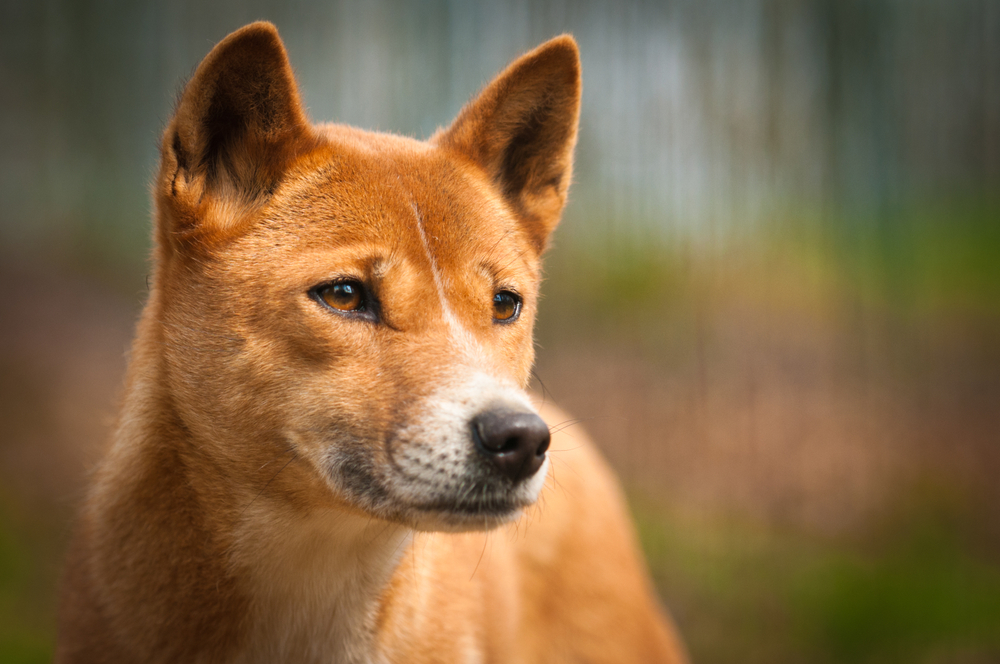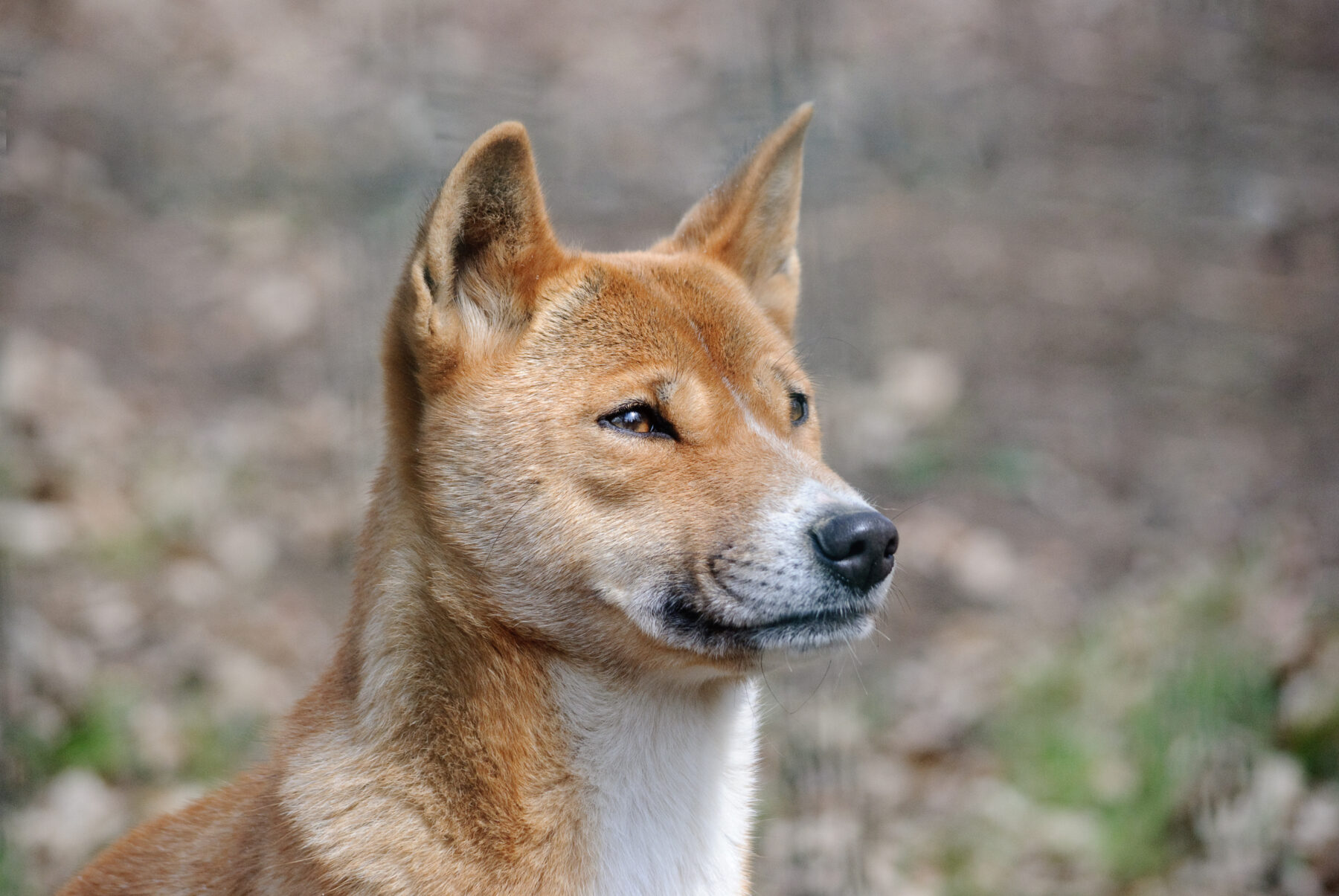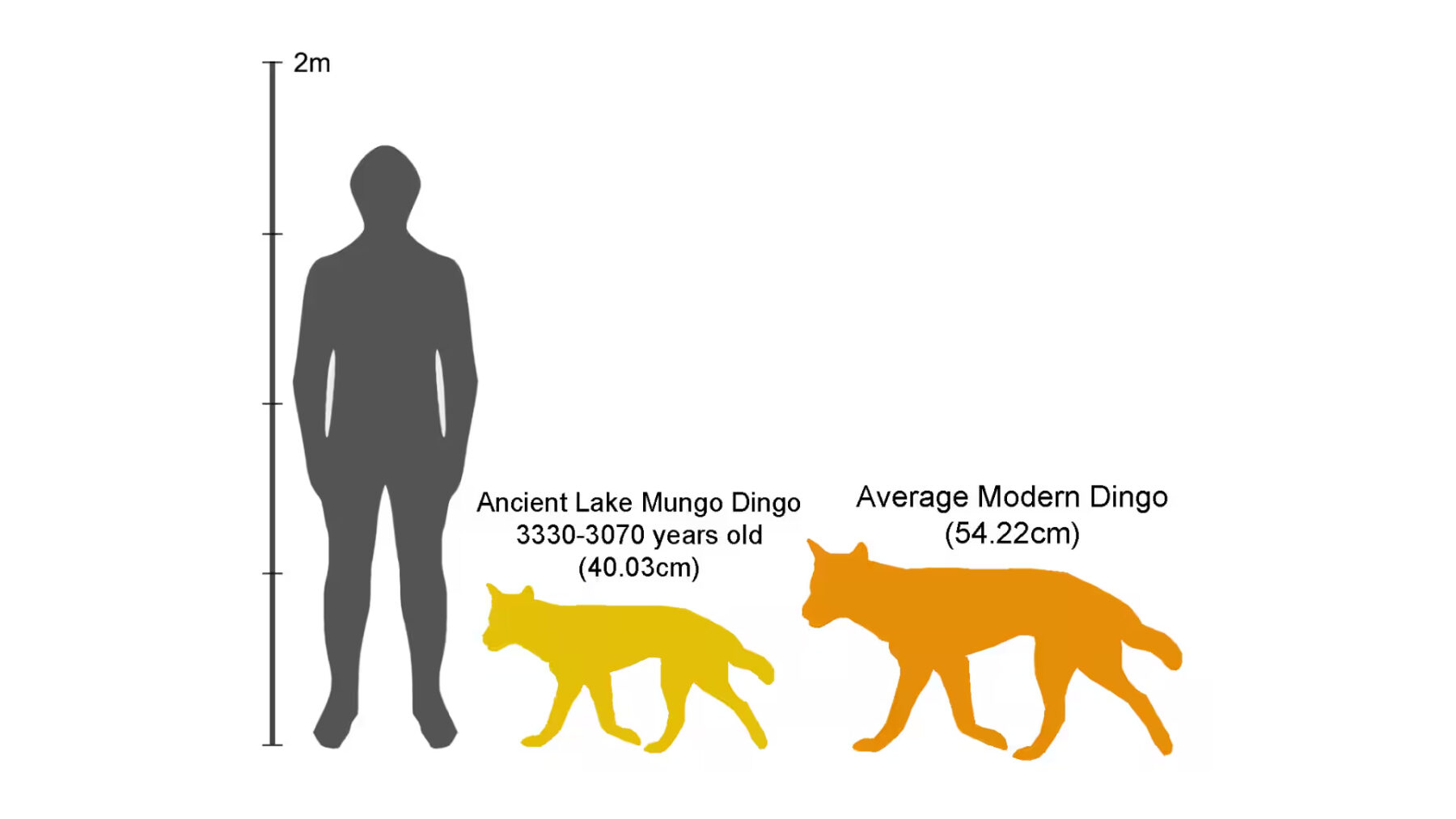Dingo descendants unveiled

New zooarchaeological research from The University of Sydney (USYD) has revealed dingoes derived from New Guinean singing dogs and the highland wild dogs of Irian Jaya – not pariah dogs from India or Thailand, as previously thought.
“The origins of this controversial Australian native animal have been heavily debated for more than a century,” says Dr Loukas Koungoulos, research associate of zooarchaeology at USYD.
“Our research has found the elusive first links between fossil material that suggest dingoes have
evolved locally from an East Asian dog-like ancestor.”


Loukas used 3D-scanning tools to study the 3000-year-old dingo fossils excavated from Lake Mungo and Lake Milkengay in western New South Wales.
The research, published in Nature Scientific Reports, also revealed the average modern dingo evolved to become larger and leaner than its ancestors, with an average height of 54cm (compared to 40cm of its ancient counterparts).

“The archaeological sites at Lake Mungo and Lake Milkengay hold some of the oldest evidence of dingoes in the whole of Australia,” Loukas says.
“It is incredible to see how these remarkable animals have evolved over thousands of years and gives us a greater understanding of this uniquely Australian species.”



